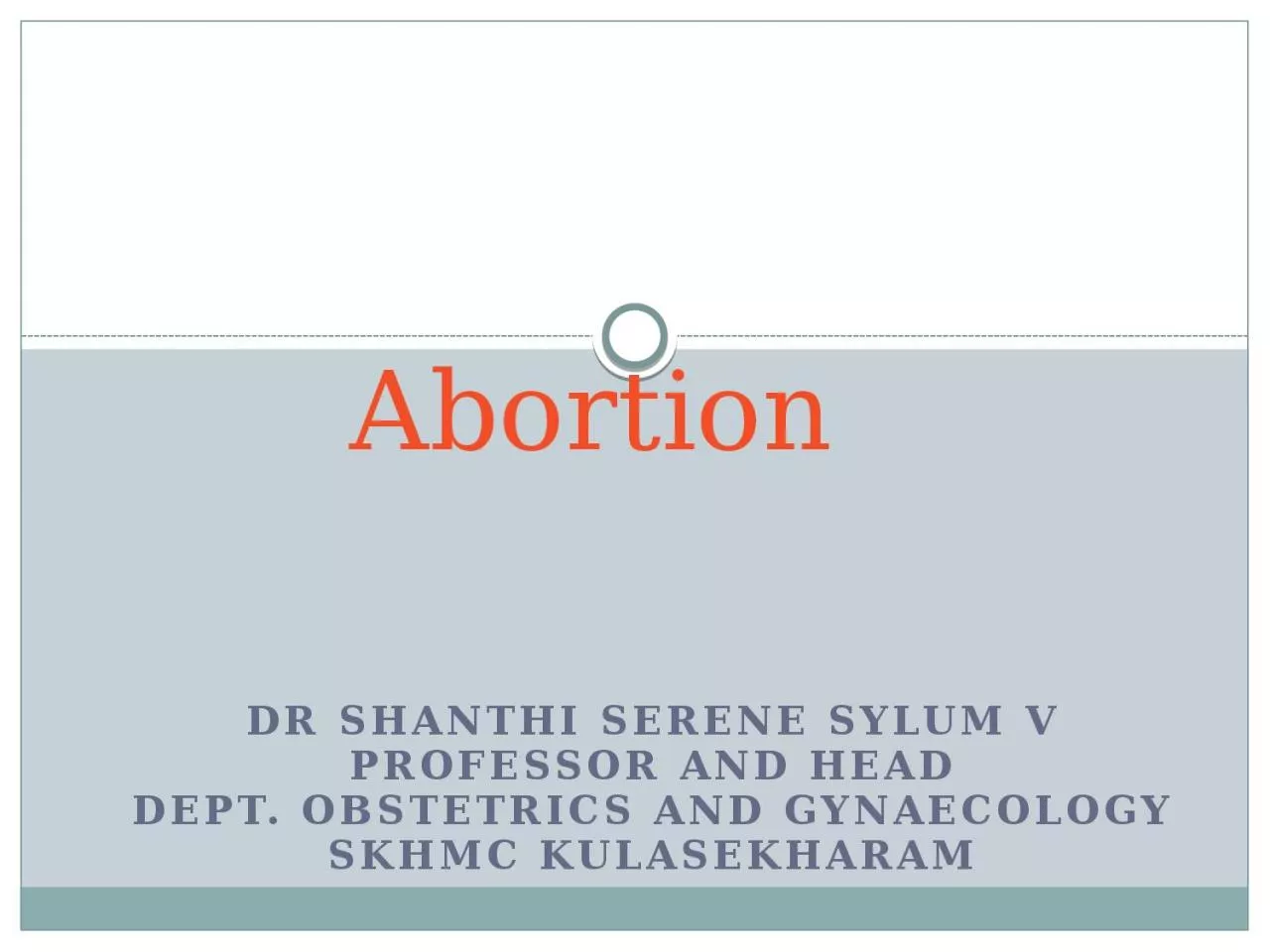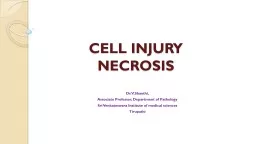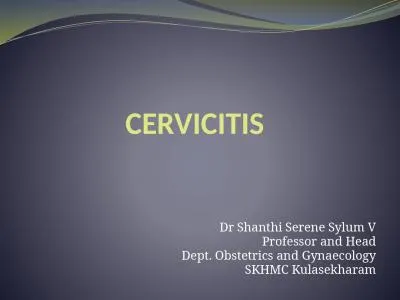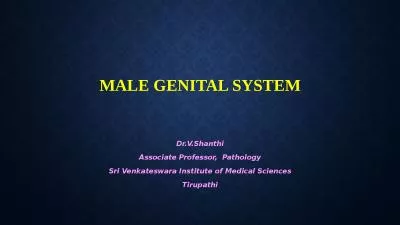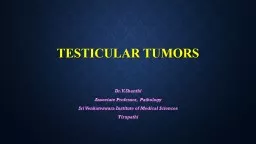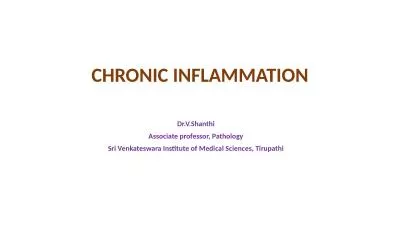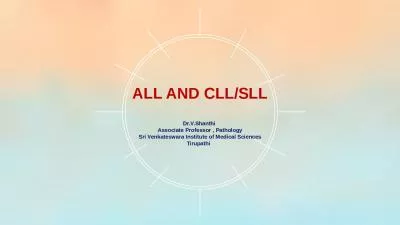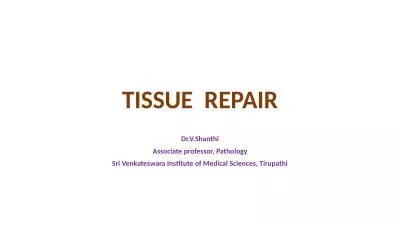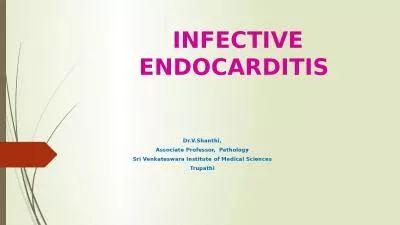PPT-Dr Shanthi Serene Sylum V
Author : elyana | Published Date : 2022-06-15
Professor and Head Dept Obstetrics and Gynaecology SKHMC Kulasekharam Abortion Abortion Loss of a pregnancy during the first 20 weeks of pregnancy or if the weight
Presentation Embed Code
Download Presentation
Download Presentation The PPT/PDF document "Dr Shanthi Serene Sylum V" is the property of its rightful owner. Permission is granted to download and print the materials on this website for personal, non-commercial use only, and to display it on your personal computer provided you do not modify the materials and that you retain all copyright notices contained in the materials. By downloading content from our website, you accept the terms of this agreement.
Dr Shanthi Serene Sylum V: Transcript
Download Rules Of Document
"Dr Shanthi Serene Sylum V"The content belongs to its owner. You may download and print it for personal use, without modification, and keep all copyright notices. By downloading, you agree to these terms.
Related Documents

